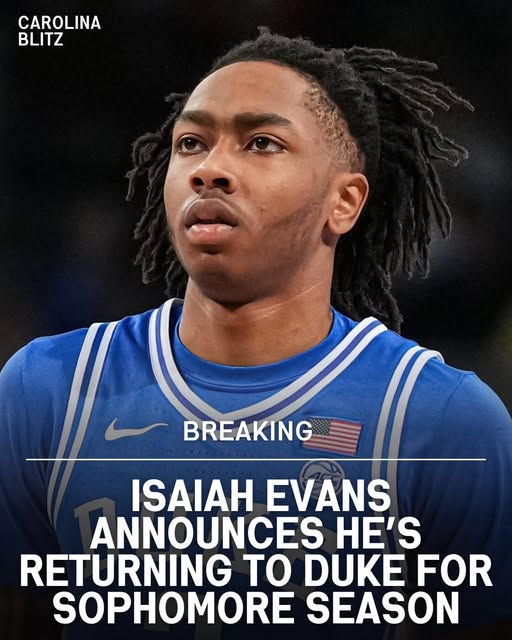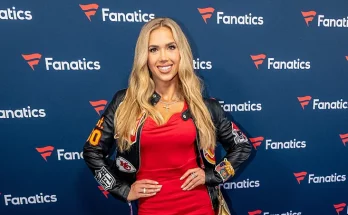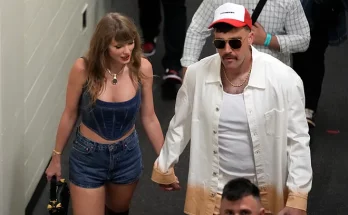In today’s college basketball landscape, the decision to declare for the NBA Draft or return to school carries more weight than ever. For young players on the rise—like the sharpshooting star affectionately known as “Slim”—that choice can define a career. While fans often get caught up in draft projections and social media buzz, the smarter long-term play for many athletes is staying in school, developing their full game, and cashing in on college stardom through NIL deals.
Slim’s return to college basketball is a bold and savvy move. He’s already known as one of the game’s most exciting shooters—a threat from anywhere on the floor with deep range and confidence to match. But as talented as he is, the decision to come back wasn’t just about refining his jumper. It was about growth. About leadership. About becoming a more complete player. And in the new era of college hoops, it might just be the best thing for his future.
The NBA Temptation—and the Trap
Every year, dozens of underclassmen declare for the NBA Draft in pursuit of lifelong dreams. And every year, a painful truth emerges: many of them aren’t ready. Some get picked late in the second round—if at all—then spend years bouncing between the G-League, two-way contracts, and summer league squads. It’s not that they aren’t talented. It’s that they didn’t have time to fully develop. And in the ruthless world of professional sports, potential only gets you so far.
Slim could have easily taken that leap. A dazzling shooter with highlight-reel hustle and athleticism, he’s got tools that make scouts pay attention. But there’s more to being an NBA player than scoring. Teams want guards who can run an offense, control pace, get others involved, and defend multiple positions. That’s where Slim’s maturity shows. He recognized that while his shot is NBA-level, his playmaking, decision-making, and shot selection still need work.
It’s a self-aware move, and it speaks volumes.
Shot Selection and Playmaking: Areas of Growth
One of the most visible aspects of Slim’s game last season was his tendency to force difficult shots—fadeaways, contested threes, deep pull-ups early in the shot clock. When they went in, they were electric. But too often, they stalled the offense or led to empty possessions.
There’s a fine line between confidence and over-reliance on hero ball. The NBA is filled with elite defenders who will eat up players that haven’t learned how to read the floor or create quality looks consistently. Slim’s acknowledgment of that fact—whether voiced publicly or simply shown through his decision to return—demonstrates an understanding of the bigger picture.
Playmaking is another major area for development. At times, Slim’s passing instincts lagged behind his scoring instincts. He could hit the open man, sure, but running an offense means seeing the game one step ahead. Knowing when to attack. When to dish. When to keep the ball moving. These are nuances learned through repetition, film study, and in-game experience against high-level college competition.
Staying in school gives him that opportunity.
Hustle, Intensity, and the Heart of a Winner
What can’t be taught is effort—and Slim has that in abundance. He’s the kind of player who dives on loose balls, battles for rebounds, and ignites the crowd with effort plays. Coaches and teammates love that. NBA GMs notice it, too. That kind of energy shows a hunger to win, a passion for the game that can separate you from the pack.
But effort alone doesn’t make you a star. What makes you a superstar is the ability to make everyone around you better. That’s the next phase of Slim’s evolution. If he can maintain his hustle while also becoming the engine that drives his team—setting teammates up, controlling tempo, showing leadership—then he won’t just make it to the league. He’ll thrive in it.
The NIL Factor: Why Staying Isn’t What It Used to Be
In the past, staying in school came with a financial sacrifice. Many players left early not just for the NBA dream, but because they needed to earn. Now, thanks to Name, Image, and Likeness (NIL) legislation, players like Slim can make significant money while still in college.
Whether it’s endorsement deals, local commercials, autograph signings, or social media partnerships, top-tier college athletes have a platform worth millions of eyes. A marketable, charismatic player with highlight-worthy moments and a loyal fanbase can bring in six or even seven figures without ever signing a pro contract.
That changes the calculus entirely.
Now, staying in school isn’t a setback. It’s a platform. It’s a brand-building opportunity. It’s a chance to become a household name on a national stage. And it’s a safe space to grow and make mistakes while still earning.
For Slim, returning means more than improving his draft stock—it means maintaining relevance, continuing to build his brand, and becoming a more complete, mature version of himself before making the leap.
The Superstar Blueprint: Staying to Win
Think about some of the biggest college-to-NBA success stories in recent memory—players like Damian Lillard, Jalen Brunson, and Stephen Curry. None of them were one-and-done. They stayed. They developed. They led their teams. And when they got to the league, they were ready—not just to contribute, but to lead.
Slim has a chance to follow that same blueprint.
There’s also the team aspect to consider. Returning gives him the chance to compete for a championship, to etch his name in his school’s legacy, to leave behind something more than just stats. That’s the kind of narrative that NBA teams—and fans—remember.
He can be the face of his program, the leader in the locker room, the guy who puts everything on the line to bring home a title. And when the time is right, he’ll enter the NBA as more than just a project. He’ll be a proven winner.
The Bigger Picture: What Slim’s Decision Says to Future Stars
Slim’s return sends a powerful message to younger players: development matters. The NBA will always be there. But if you skip steps, you risk losing the foundation.
You can love the game and still be smart about your path. You can have confidence and still recognize areas for growth. And now, thanks to NIL, you don’t have to choose between money and development—you can have both.
Staying in college doesn’t mean staying behind. It means staying the course.
Final Thoughts: The Long Game Wins
In a basketball world obsessed with the fast track, Slim is choosing the long game—and that’s exactly why he’ll win in the end.
He’s got the tools: the shot, the hustle, the fire. Now, he’s giving himself the time to put it all together. To evolve from a highlight machine into a true playmaker. From a scorer into a star. From a college athlete into a pro-ready leader.



